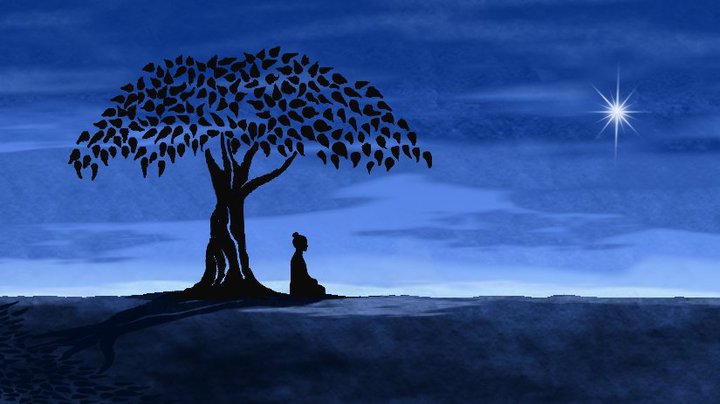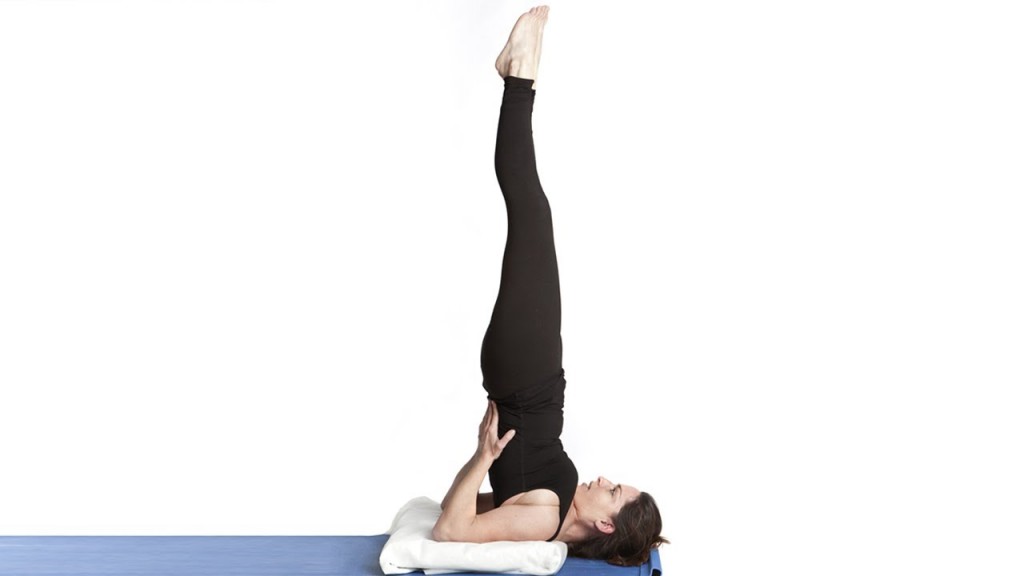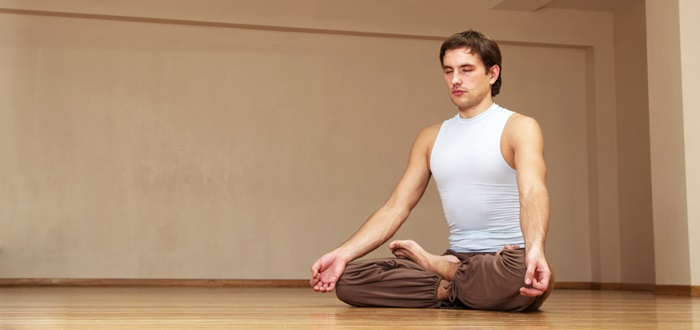Ashwini Mudra is a fairly simple exercise for experts and beginners alike. Because of the simple nature of the pose beginners are encouraged to start with this particular Yogic exercise. The word “Ashwini Mudra” itself means “Horse Pose” when taken literally. “Ashwini” here means Horse. This isn’t exactly an asana, as it is performed in the Lotus Pose, which is called Padmasana. It can also be done in the Inverted Lake Posture, that is, the Virapita Karani when it is practiced as a Kriya Yoga. Ashwini Mudra, simply told, is the rhythmic contraction of the anal sphincter muscles, the sphincter muscles are the ring like muscles surrounding the anus. This allows that prana to flow upwards through the spine, and through the primary energy channel which is called Sushumna Nadi.
Ashwini Mudra, simply told, is the rhythmic contraction of the anal sphincter muscles, the sphincter muscles are the ring like muscles surrounding the anus. This allows that prana to flow upwards through the spine, and through the primary energy channel which is called Sushumna Nadi.
It is called the “Horse Pose” because it is believed that Horses rhythmically do this on a regular basis. This can be performed by anyone at any time, day or night. Because of the lack of restrictions on this, it is a much favored Yogic position. However, a common misunderstanding is that it is often confused with Moola Bandha and Vajroli mudra, both of which involve the contraction of muscles below the abdominal area, though they’re done to completely different ends.
Ashwini Mudra – Steps And Benefits
The following is a guide detailing to Ashwini Mudra, detailing its steps and Ashwini mudra benefits as well.
How is it done?
Despite its simplicity, it is a primary part of many advanced Yogic courses because of the benefits it brings. This also helps beginners get ready for other advanced techniques as it can direct Prana into the internal organs to prepare them for the tougher challenges. So here’s how it’s practiced:
- Sit comfortably either in a meditative pose or even on a chair if you prefer. The ideal positions for this are Sukhasana, Padmasana, Swastikasana, and Ardha Padmasana.
- Relax, and allow yourself to breathe regularly, in through your nose and out through your mouth.
- Contract the anal sphincter muscles, clench yourself and hold it for a few seconds.
- Un-clench, release the muscles and allow yourself to breathe again.
- Repeat this process as long as you like.
You will know when you’ve achieved the main purpose of this exercise when your whole body becomes sensitive and you start shivering. That shiver is a result of the prank traveling up your body, through your spine and into your organs.
How is it Done while Breathing?
Ashwini Mudra can also be performed alongside regular breathing. This one needs more controlled coordination on your part. As you breathe in, clench and contract the muscles. Hold it. Then exhale and along with it release the muscles. You’ll feel immense relief.
Benefits of Ashwini Mudra

- You can control your anal muscles, much like a horse.
- It helps conserve the prone which generally escapes through the anus. This practice helps direct it back inwards and conserve it so as to retain positive spiritual energy.
- Piles is a disease wherein blood gets accumulated in the anal region. This technique is helpful for those suffering from piles as it helps get rid of the stagnant blood. In their case, it is advised to practice this in an inverted pose, in the previously mentioned Inverted Lake Posture, i.e., the Virapita Karani. It is even better in combination with Sarvangasana as it then allows the blood to flow backward and back into the heart.
- Help get rid of constipation.
- Awaken the Kundalini Shakti which is generally dormant. This is in accordance to Gheranda Samhita.
- Help get rid of all rectal diseases.
- Helps with digestion.
- Gives you a sense of calm and understanding. Brings mental peace.
- Prevents premature death and makes you healthier.
Combine with other Practices

Sarvangasana
This goes really well with Sarvangasana, as mentioned above, and can help get rid of rectal issues. Combined with Nadi Shodhana Pranayama it allows you to better contract while holding in an intake of breath.
So this is all the basics of practicing Ashwini Mudra. Do let us know whether this has been helpful to you, and if you feel you have some other great tips for us based on what to combine this technique with, or how it’s performed, do let us know down in the comments section, we’d love to hear from you!
You might also be interested in reading about
- The Namagiri Thayar Mantra – For Wisdom, Creativity & Prosperity - April 29, 2024
- Krishnashtakam – “Krishnam Vande Jagadgurum” – Lyrics & Meaning - April 4, 2024
- Karadarshanam – “Karagre Vasate Lakshmi” – Meaning & Benefits - March 26, 2024


0 Comments